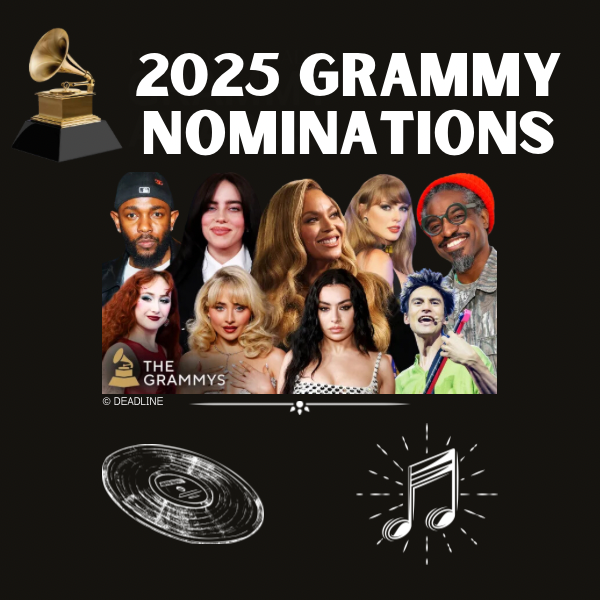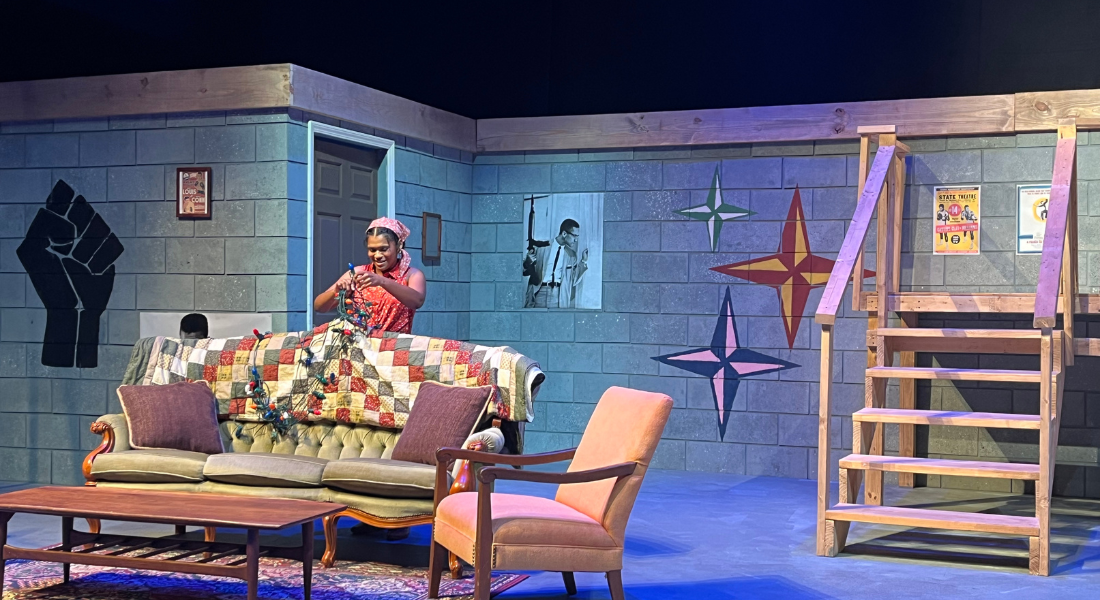Nearly a year ago, Hulu announced its plans to adapt the misogynistic dystopia featured in Margaret Atwood’s “Handmaid’s Tale” into a Hulu original. Since then, Atwood’s novel of speculative fiction, along with the show, has reached a revival in popularity in the wake of Donald Trump’s victory against Democratic candidate Hillary Clinton in the 2016 presidential race.
“Dystopian literature is about our anxieties. It’s about what we’re afraid of in society and how society can change and become our worst fear,” Jared Sexton, an assistant professor in Georgia Southern’s Writing and Linguistics department, said.
Critics of the current Trump/Pence presidency have found resonance with the novels’ commentary on female subjugation, religious fundamentalism, totalitarian administrations and widespread extreme misogyny.
Hulu’s Handmaid’s Tale released the first three episodes yesterday on April 26. The cast stars Mad Men’s Elisabeth Moss, Orange is the New Black’s Samira Wiley, Gilmore Girls’ Alexis Bledel and Chuck’s Yvonne Strahovski.
The totalitarian theocracy shown in “The Handmaid’s Tale” no longer resembles America, having been overthrown by a group of far-right, Christian fundamentalists. The titular handmaids are required to wear white-winged bonnets and thick, crimson-red robes, eerily evoking the Puritan garb of the 17th century. They are punished for exhibiting sexuality, blamed for being sexually assaulted, forced to give birth against their will and valued only as mere tools for reproduction.
“Dystopias communicate anxieties better than most kinds of literature. ‘Handmaid’s Tale’ is the absolute worst case scenario people can imagine our society becoming in terms of how women are treated,” Sexton said. “Pence is really frightening to a lot of people. He’s one of the most theologically conservative vice presidents we’ve had in recent times. The idea that he could be shaping policy for this administration, I think it frightens a lot of women.”
 “The Handmaid’s Tale” often been described as a feminist novel due to its success in tackling toxic masculinity and patriarchal ideology, as well as its success in portraying female characters as fully rounded human beings.
“The Handmaid’s Tale” often been described as a feminist novel due to its success in tackling toxic masculinity and patriarchal ideology, as well as its success in portraying female characters as fully rounded human beings.
Srobana Bhattacharya, a GS professor with a doctorate in Political Science, teaches and researches in the field of Comparative Politics and International Relations. Bhattacharya said the term feminism is “a heavily charged term” due to misunderstanding over the exact definition.
“Where the problem lies is that some people think feminism is this ultra-radical thought process which only promotes positive policies for one group of people or one section of the population, but it’s not that,” Bhattacharya said. “As far as my understanding is concerned, the feminist movement is looking at equal rights, not only for women, but equal rights for every section of the population in a given society. We’re talking about justice, fairness, policies that favor all. We’re fighting for a better climate. We’re fighting for peace. We want policies that cater to every section of the population.”
Aleyna Rentz, president of the GS Writer’s Club and a senior double majoring in English and writing and linguistics, read Atwood’s novel last year for her advanced fiction class. An upcoming MFA candidate for John Hopkins’ graduate program, Rentz shares her own opinion on “The Handmaid’s Tale.”
“The literary field has a longstanding tradition of silencing female voices. If you look at the canon [in literature] before 1900, and, if we’re being honest, even during the 20th century, it’s dominated by white males,” Rentz said. “Women writers are almost feminists by default—by writing, they’re actively fighting for their spot in the canon. They’re seeking to rise above all the male voices that have drowned them out.”
Despite being banned in several public schools since its distribution, “The Handmaid’s Tale” has become a cultural touchstone due to its political relevancy, with its symbols still being used in protests by female activists.
A dozen women, dressed in the signature attire described in Atwood’s novel, protested a restrictive abortion ban on the Texas Senate floor last month on March 20. The protesters selected the “The Handmaid’s Tale” due to its cautionary tale on the elimination of reproductive rights and its portrayal of mistreatment towards women.
“The Handmaid’s Tale” was written when Iran had recently undergone a change from a secular government into a theocracy and also during the presidency of Ronald Reagan, which mobilized evangelicals as the Religious Right/Moral Majority. Atwood stated in a 2017 essay for The New York Times that, “the book is not ‘anti-religion.’ It is against the use of religion as a front for tyranny; which is a different thing altogether.”
There was an era in American politics when it was seen as a necessity to separate religion from politics so that power could stay neutral and uninfluenced from fundamentalism, however, in recent years, religion has played a larger role in governance and policymaking.
“Current political trends, and also this emphasis on ‘The Handmaid’s Tale’, shows us that there is a reversal of [secular politics],” Bhattacharya said. “When we look at the political language, the rhetoric that leaders use, religion is increasingly becoming meshed into politics. It has made a comeback and that’s why I think people are looking for answers, by looking at history and looking at literature.”
Categories:
Signs of the Times: Finding Resonance in The Handmaid’s Tale
April 27, 2017
0
More to Discover




